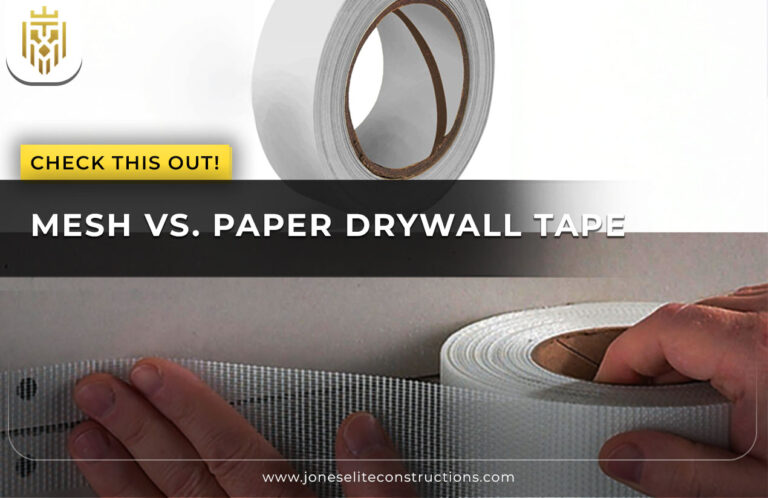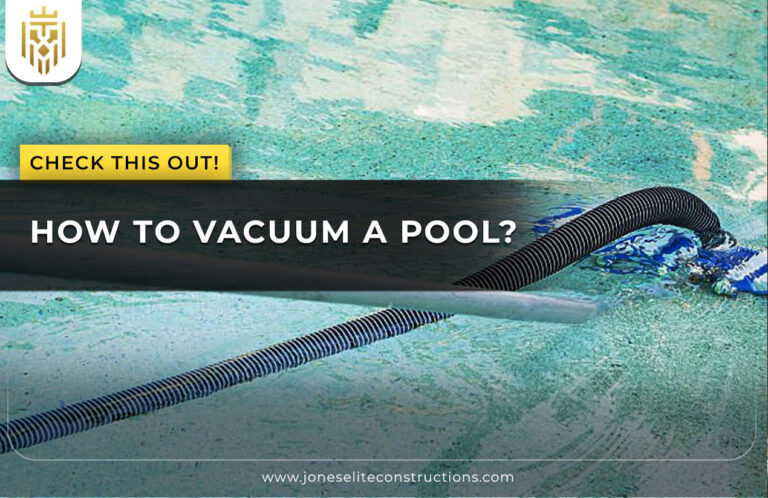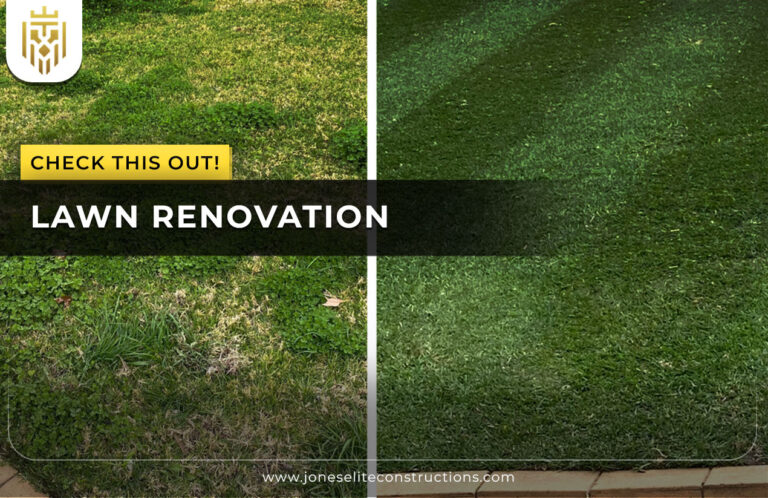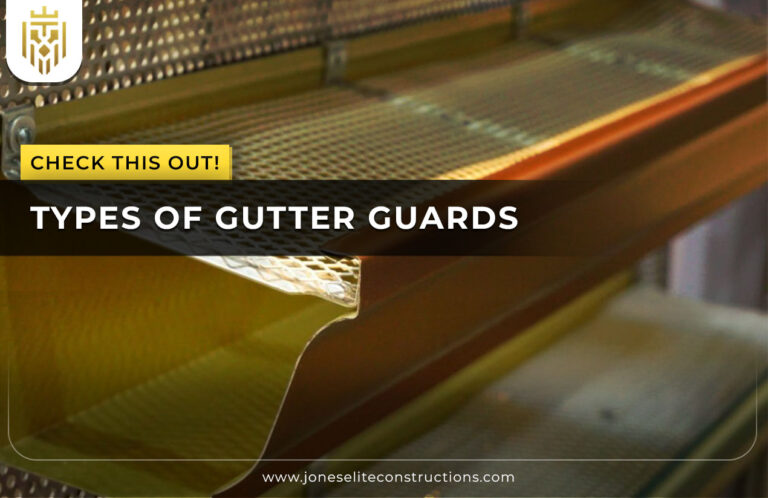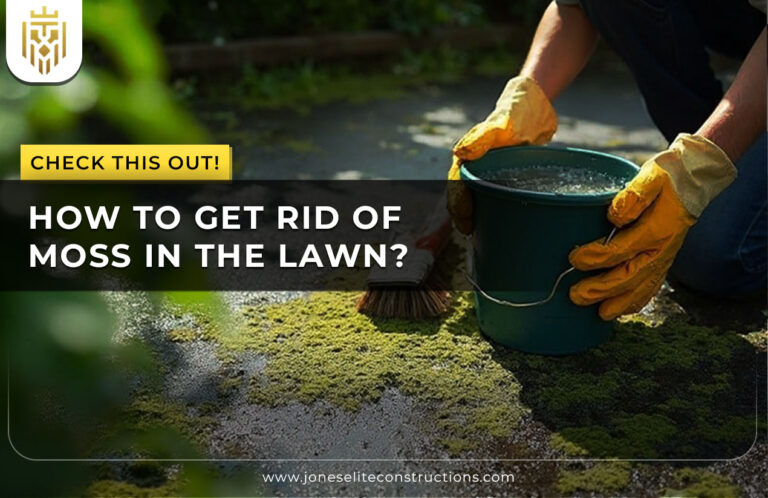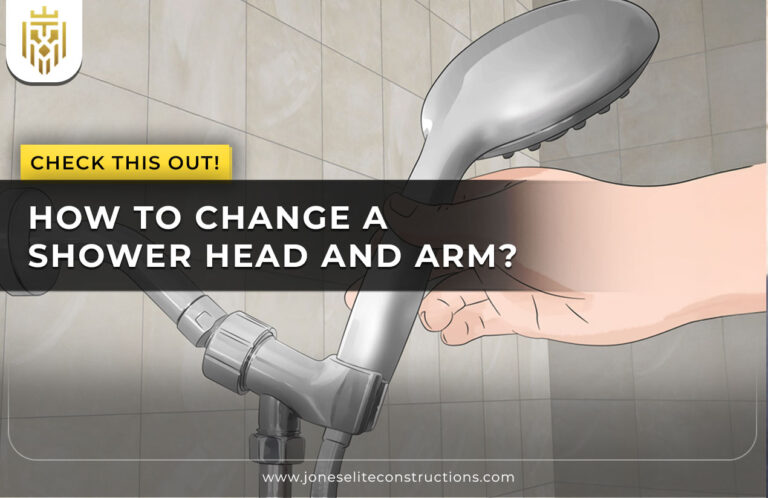How to Lower pH in a Pool?
Understanding how to lower pH in pool is essential to safe swimming and efficient sanitisation. Effective maintenance of the pool will help avoid equipment damage, annoyance, and murky water. With a few steps to reduce pH in the pool, you will keep the water chemistry and swimming condition steady.
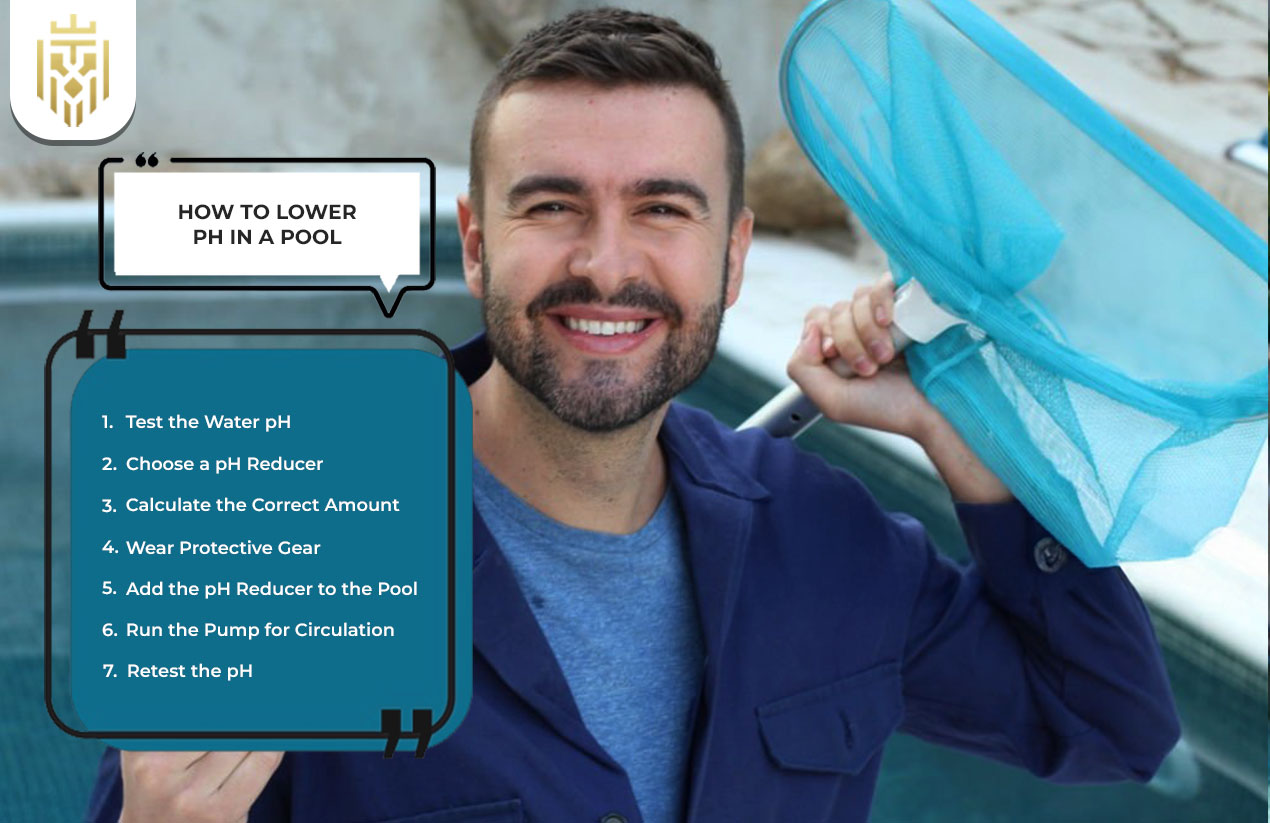
Test the Water pH
Before thinking about any pool pH adjustment tips, it is best to start with proper testing. With the help of trusted test kits, it is possible to find out whether the pH is higher than 7.6. One of the advantages of clear reading is that you do not have to guess how to correct the pool pH and add the excessive amount of the strong pool chemicals.
Choose a pH Reducer
The safest way of reducing pH in swimming pool water is to choose the right pH reducer. Muriatic acid or dry acid is an option. When it comes to lowering the pH of a pool, the appropriate solution can be made to ensure safe measures can be used without causing harm to the swimmers and destruction of the pool materials.
Calculate the Correct Amount
Learning to lower pool pH is essential in knowing the dosage. The pools are diverse according to the size and the water chemistry. Be careful to add quantities of muriatic acid or other reducers, keeping the pH at a constant level and not overcorrected, which may cause alkalinity to become unstable.
Wear Protective Gear
Wear protective clothing, goggles, and gloves when applying such chemicals used in the pool as muriatic acid. These precautions guarantee how to reduce the pool pH safely without mishaps. Correct handling keeps the skin and eyes, as well as respiratory health, safe and keeps the pool maintenance processes managed and safe.
Add the pH Reducer to the Pool
Take correct measures to reduce pH in the pool by gradually adding diluted acid towards the pool returns. This gives even mixing without destruction of surfaces. The ability to reduce the pH in a salt pool must also be carefully spread to avoid spots of concentration and plaster finishes.
Run the Pump for Circulation
Good circulation makes the steps of pool pH adjustment effective. The pump is used to mix the chemicals completely, without the need to have uneven spots. Circulation also promotes the chlorine efficacy, which is part of the pool pH adjustment tips for long-term clarity, comfort, and consistent swimming.
Retest the pH
It is always advisable to retest after several hours of circulation. This confirms the stabilisation of adjustments. The process of understanding how to reduce pH in pool cannot be done without results. Ongoing follow-up checks ensure that the pH is maintained and that similar problems do not arise to make pool maintenance processes difficult.
What Causes High pH Levels in a Pool?
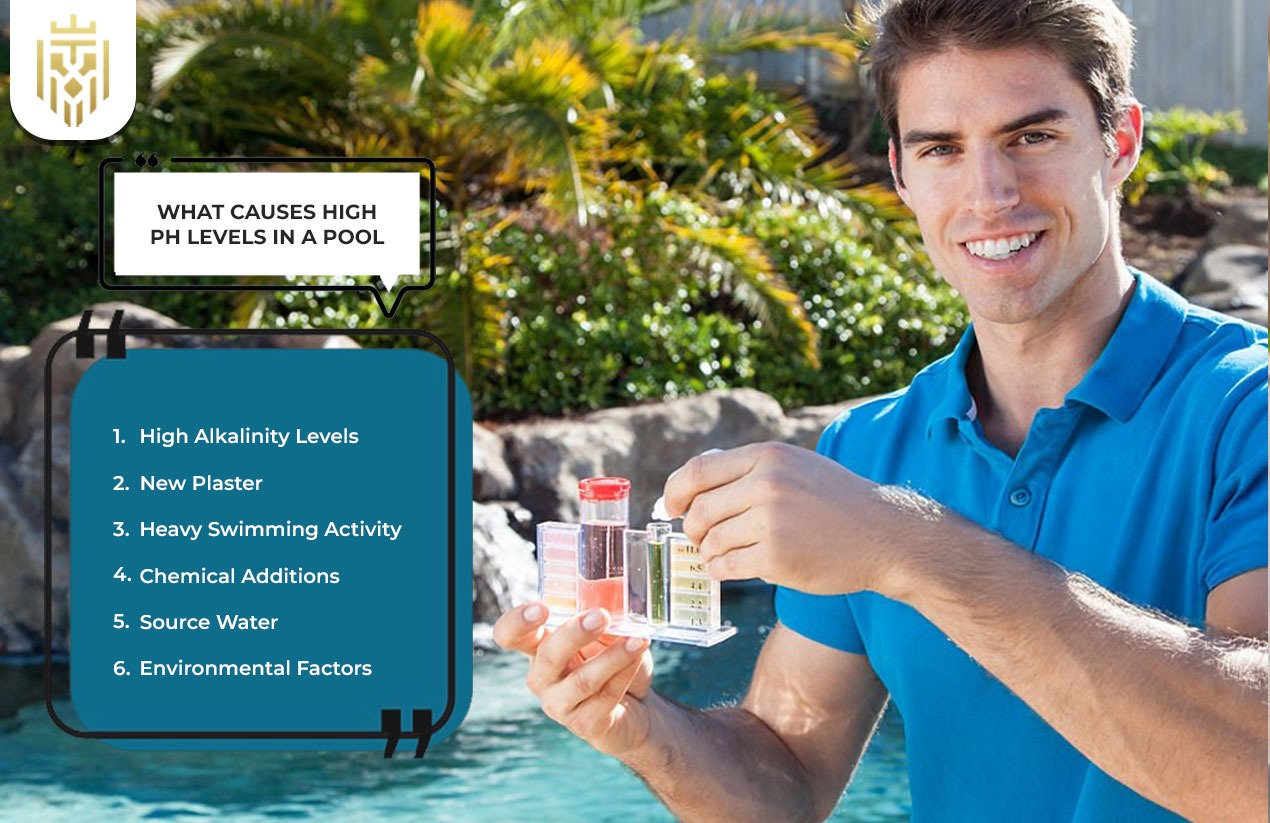
There are numerous factors that elevate pH, and understanding how to reduce pH in a salt pool is important knowledge. Examples are causes in the form of chemicals in the pool, environmental factors and the activity of the swimmer. Determining the origin allows taking suitable measures to reduce the pH in the pool and guarantee reduced turbidity and constant chemistry of the water.
High Alkalinity Levels
High levels of alkalinity drive the pH up, thus making the process of decreasing the pool pH difficult. Correction with alkalinity will balance out to correct the acids better. Constant checking of total alkalinity helps to avoid frequent changes of pH, which is one of the basic elements of professional pool maintenance and the comfort of swimming.
New Plaster
Calcium hydroxide is emitted by fresh plaster into pool water, increasing pH. Regular monitoring of levels should be done by the owners with the application of pool chemicals where appropriate. The ability to alter the pool pH once it has cured the plaster averts scaling effects, which damages the pool wall and preserves smooth finishes, keeping the pool walls in balance in the long term.
Heavy Swimming Activity
Lotions, sweat, and oils are introduced by swimmers, and they all influence the chemistry of the pool. The response to high usage is that the pH of the pool requires stabilisation with tips. Knowing how to reduce pH in the pool after intense use helps avoid turbid water, sore eyes, and higher chlorine levels and allows everyone to enjoy a pleasant swim.
Chemical Additions
The process of adding shock treatment, algaecide, or sanitiser may increase pH in an unexpected manner. It is important to learn ways of lowering pH in pool following chemical shocks. The application of the muriatic acid provides rebalancing with a high degree of safety and preserves the effectiveness of sanitisation and increases the life duration of equipment by avoiding deposits or an undesired scaling effect.
Source Water
Municipal supplies of fill water usually have a higher level of pH. Awareness of this assists the pool owners to strategise on safe methods of reducing the level of pool pH. Control of source water is important to maintain proper policies on how to adjust pool pH without excessive reliance on severe acids or overall chemistry.
Environmental Factors
Rain, dust and debris have a great effect on pH balance. Knowing how to reduce pH in a salt pool after storms or heavy wind is certain to preserve the water clarity. These environmental conditions show why the continuous maintenance and chemical control of the pool are crucial to achieving regular swimming comfort.
Why Maintaining Proper pH Levels Matters?
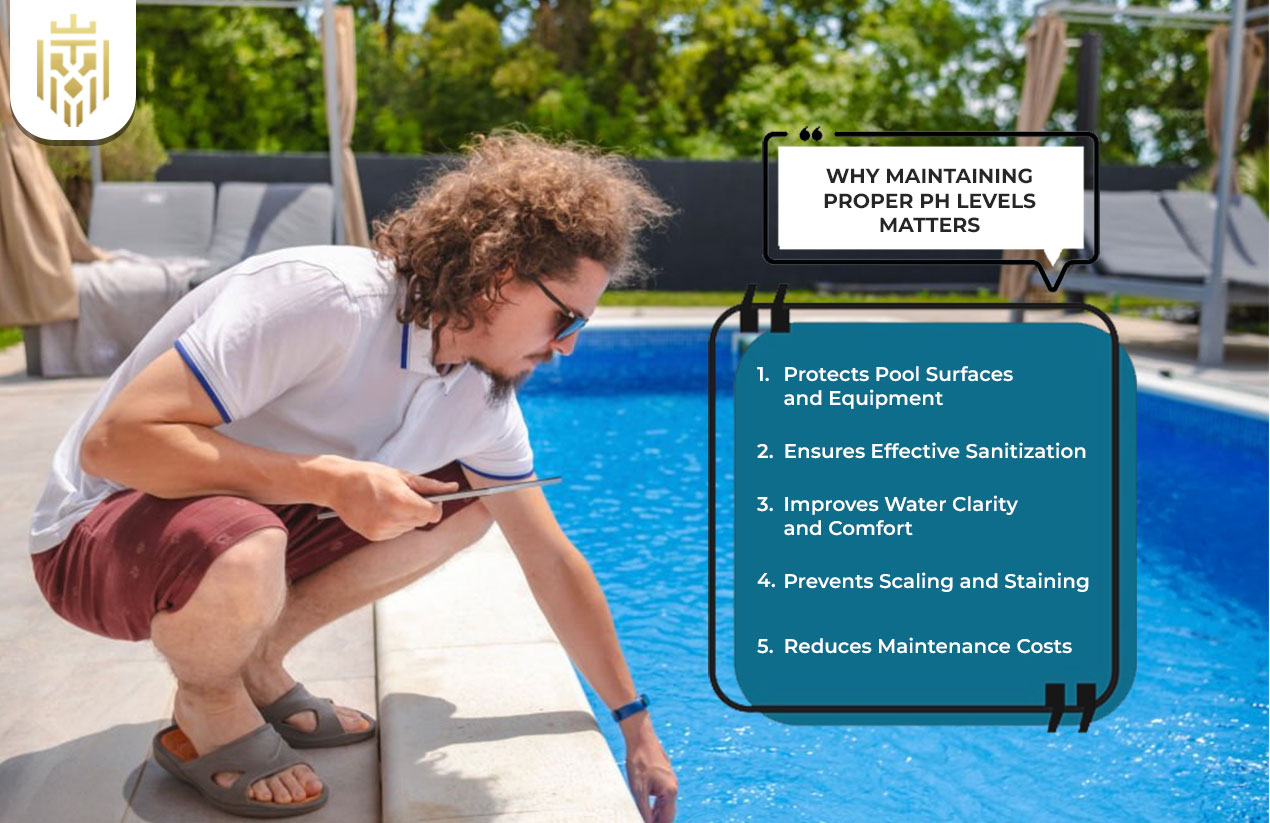
Comfortable pools are based on balanced pH. It influences sanitisation and safeguards finishes and lowers costs. Inefficiency is avoided by applying trusted pool pH adjustment tips. Understanding how to modify the pool pH will protect the quality of the water, and thus all the swimmers will be healthy and will last longer with their equipment and surfaces.
Protects Pool Surfaces and Equipment
Lack of balance in water corrodes equipment and cuts the polish of the pool. To reduce the possibility of such damage, it is important to know how to decrease the pool pH. Properly maintained pools provide long-lasting surfaces and efficient pumps, and their owners will not have to spend money on expensive repairs due to the long-term effects of the acidic or basic water.
Ensures Effective Sanitization
Chlorine becomes ineffective when the pH increases. This is by understanding how to reduce pH in the pool to ensure sanitiser power. Proper measures to reduce pH in the pool inhibit bacterial growth to keep the swimmers safe and enhance the effectiveness of the pool chemicals added to the pool in a significantly better way.
Improves Water Clarity and Comfort
Crystalline clear water relies on the proper pH. When the pH level is too high, there will be hazy water and skin inflammation. Tips on adjusting the pH in pools guarantee ease of swimming in the pool. The maintenance of pools provides a quality environment, avoiding red eyes and itchiness that are caused by poor water chemistry.
Prevents Scaling and Staining
Scaling occurs in heaters and tiles when the pH is high. The ability to reduce the pH of a salt pool reduces deposits. When used in proper quantity, muriatic acid prevents the formation of stains, keeping the surfaces smooth and equipment efficient, and ensuring long-term savings in the overall pool maintenance needs.
Reduces Maintenance Costs
Equal pH prevents costly repair of the damage. Learning to correct the pH of a pool will help owners save a lot of money on buying chemicals and repairing as well as treating their water. The reduction of long-term expenses with the prevention of corrosion or scale build-up proves that safe methods of decreasing the pool pH are cost-effective.
How to Maintain Proper pH in a Pool?
Constant pool maintenance guarantees stable water chemistry. The awareness of how to reduce pH in pool as needed eliminates repeated imbalances. Combining pool pH adjustment tips with regular checks creates more healthy environments and reduces the use of chemicals and keeps swimmers happy in crystal-clear water.
Test the Water Regularly
Frequent testing makes you detect changes early. The ability to change the pH of the pool fast saves time and avoids trouble. Testing enables owners to determine when to apply acids or bases with the right steps to reduce the pH of a pool in the most effective and safe manner.
Keep Total Alkalinity Balanced
Alkalinity stabilises the pH, eliminating sharp oscillation. The imbalances make lowering the processes of pool pH difficult. Regarding proper pool maintenance, the pH and alkalinity should be checked in tandem with one another, and necessary adjustments to the pool chemicals,such as the muriatic acid or sodium bicarbonate, should be put in place to restore the water harmony.
Avoid Over-Chlorination
Too much chlorine increases pH levels in a strange manner. You can prevent future ‘how to lower pH in salt pool’ adjustments by observing chlorine dosing. The appropriate balance avoids the unwarranted irritation, and hence, the sanitisation can be effective and the presence of a stable pH balance and long-term equipment performance.
Add pH Adjusters When Needed
Safe ways to reduce pool pH using muriatic acid or dry acid are some of the methods. These are necessary in pool pH adjustment tips. Measurement to accurately add the amount guarantees consistency, eliminates overcorrection and keeps the water crystal clean and keeps the swimmer comfortable.
Watch for Rain and Debris
Rain brings about pollution and changes pH. There is also the impact of debris on chemistry, which requires frequent changes. It is through this knowledge of how to reduce the pH in the pool following storms that the pool owners keep healthier water. Frequent dusting and tests simplify the process of pool maintenance and keep the water clear and safe for the swimmers.
FAQs
1) How to Lower pH in a Pool?
In order to reduce swimming pool pH, test water, determine dosage, and add muriatic acid or dry acid. Adhering to procedures to reduce pH in the pool helps bring about balanced chemistry and safety to swimmers.
2) What Causes High pH Levels in a Pool?
High pH arises due to fresh plaster, alkalinity, swimmer activity, environmental conditions, and some chemicals in the pool. Understanding how to reduce pool pH can be used to control these factors and achieve clarity in the long term.
3) Why is it important to maintain proper pH levels in a pool?
Balancing the pH will avoid corrosion, scaling, turbid water, and irritation. The pool pH adjustment tips are applied so that sanitisers can be effective to protect swimmers, pool surfaces, and equipment and to save the maintenance costs significantly.
4) How to Maintain Proper pH in a Pool?
Proper maintenance of the pool includes frequent testing, alkalinity balancing, and application of safe means of reducing pH in pools when required. These practices guarantee both comfort in the long term, sanitisation, and glittering clean water.
5) What is the ideal pH level for a swimming pool?
Optimally, the pH level of swimming pools should be 7.2-7.6. By remaining in this range, there is safe, clear water, good chlorine functionality, and limited surface and equipment damage.
6) How often should I test my pool’s pH?
Measure pH at least two or three times per week. Repeated pool inspections help to understand the way to balance pool pH fast to avoid an unbalanced state that may cause damage to equipment or even impair water safety and comfort.
7) What chemicals are used to lower pH in a pool?
Other typical reducers are muriatic acid and sodium bisulphate (dry acid). They are both reliable pool chemicals and applied by safe means in order to reduce the pool pH to protect surfaces and achieve appropriate water chemistry.

